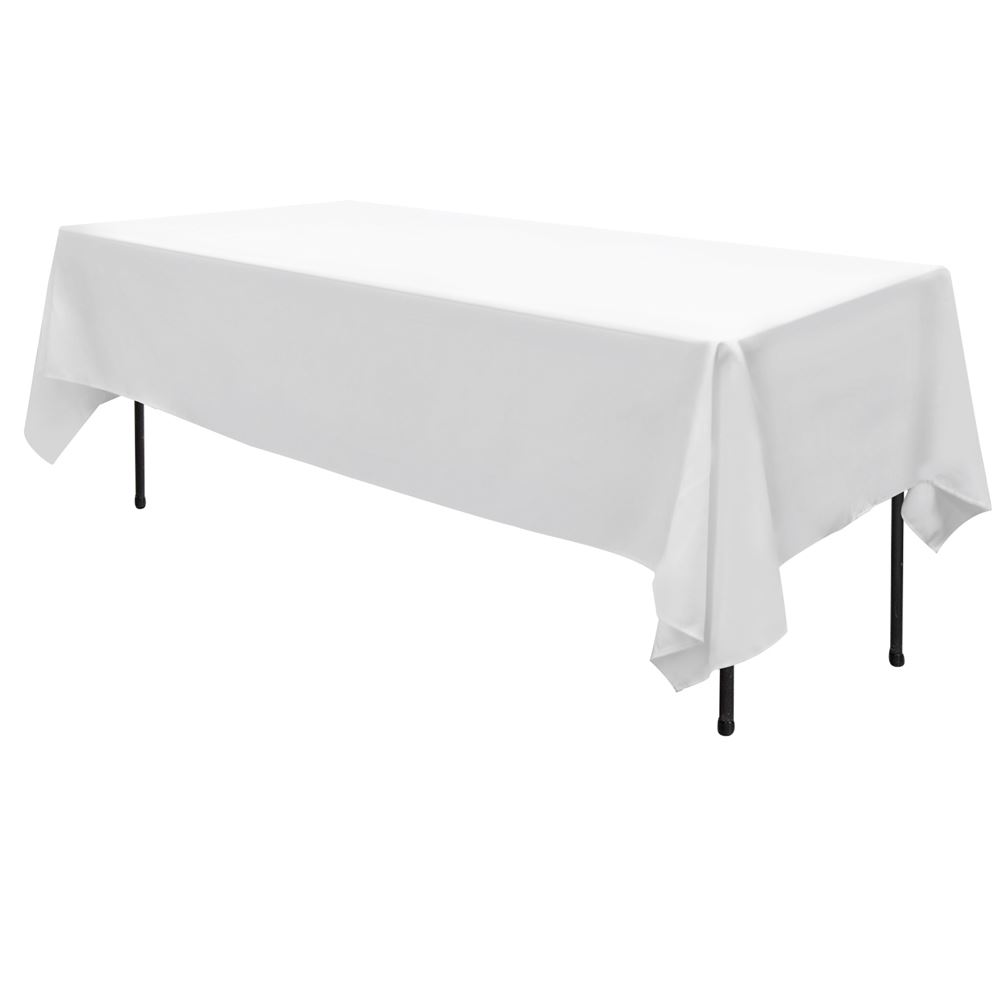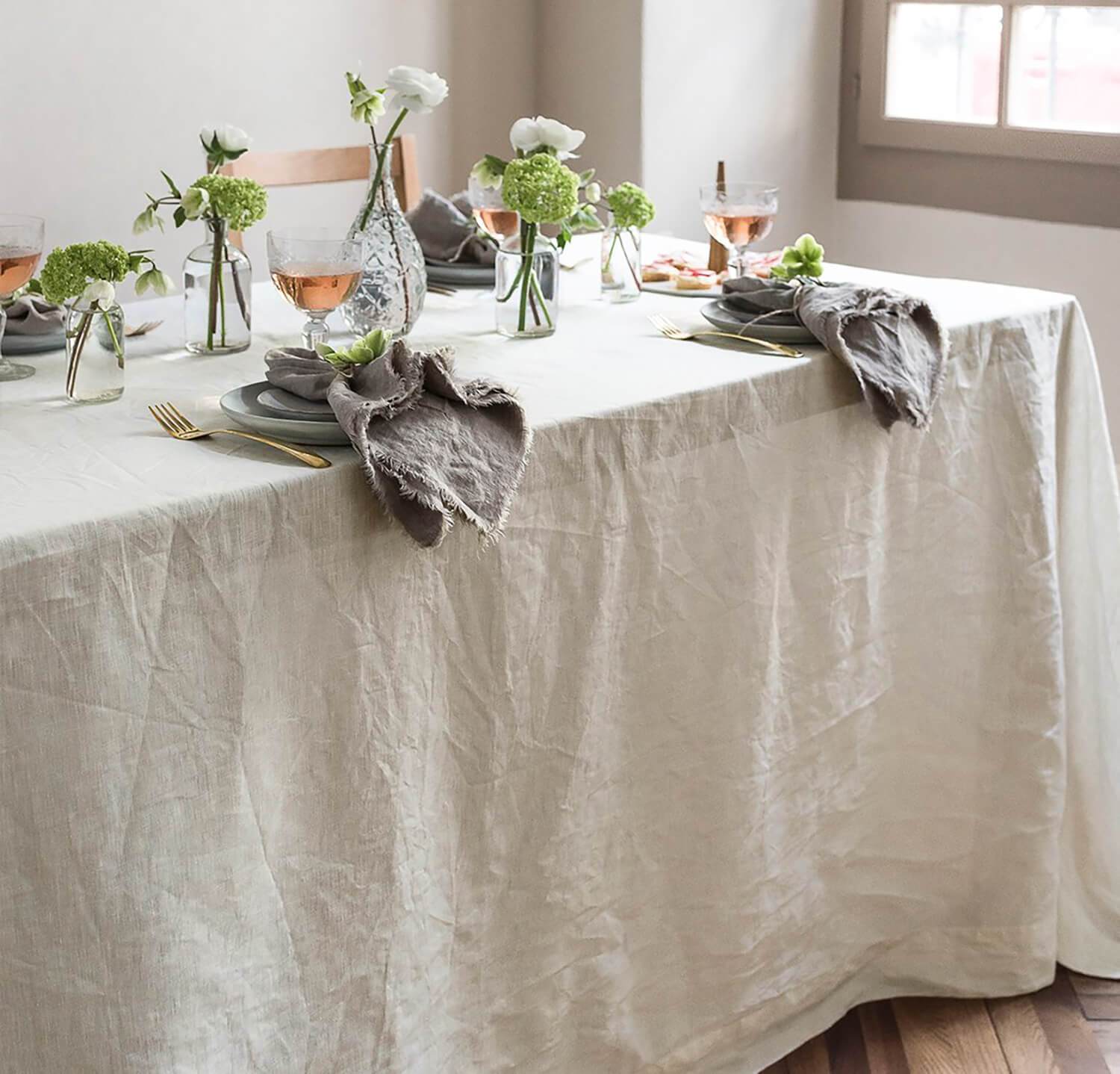Flat Sheet Acquiring Guide: What to Try to find comfortably and Quality
Flat Sheet Acquiring Guide: What to Try to find comfortably and Quality
Blog Article
Bed Linen Material Developments: Exploring Modern Trends and Creative Applications in Style and Fabric Sector
From lasting manufacturing techniques to advanced weaving technologies, the evolution of bed linen is improving the landscape of the fabric sector. As we dive right into the realms of creative design applications and the emergence of linen blends and hybrid fabrics, a brand-new phase unravels in which linen's role in future textile developments takes facility stage.
Sustainable Practices in Linen Manufacturing
Sustainable practices in linen manufacturing have actually become progressively crucial in the textile market's efforts to minimize environmental effect and advertise honest sourcing methods. Bed linen, a natural fiber originated from the flax plant, provides a series of advantages such as biodegradability, breathability, and sturdiness. Nevertheless, typical techniques of bed linen production can entail significant water intake, pesticide usage, and energy-intensive processes.
To deal with these obstacles, numerous fabric manufacturers are taking on sustainable methods throughout the bed linen production process. This consists of sourcing flax from organic farms that stay clear of damaging chemicals and chemicals, implementing water-efficient retting methods to remove fibers from the flax stalks, and utilizing eco-friendly dyes and surfaces. In addition, some business are purchasing renewable resource resources to power their production facilities and reducing waste via recycling and upcycling efforts.
Technical Developments in Bed Linen Weaving
With the expanding focus on sustainable techniques in bed linen manufacturing, the fabric industry is now experiencing a rise in technical advancements specifically targeted at reinventing the art of bed linen weaving. These technologies are improving the means bed linen textiles are generated, offering increased efficiency, high quality, and creativity in weaving techniques.
One of the essential technological developments in linen weaving is the integration of computerized looms. These advanced looms are geared up with software that allows for elaborate and complex designs to be woven with accuracy. By digitizing the weaving procedure, makers can accomplish greater consistency and precision in their bed linen materials.
Additionally, developments in yarn spinning modern technology have actually allowed the production of finer and more sturdy bed linen yarns - table cloths. This results in softer and smoother bed linen materials that maintain their quality even after numerous usages and washes
Additionally, the growth of eco-friendly dyeing processes and coatings for linen fabrics is obtaining traction. These lasting practices not only lower the environmental impact however also provide to the boosting consumer need for ethically generated textiles.
Creative Layout Applications for Linen
Ingenious imaginative methods are progressively forming the creative style applications for bed linen in the fabric industry. Linen's natural aesthetic charm and capacity to blend with other materials make it a preferred selection for producing one-of-a-kind garments and devices that cater to the environmentally mindful consumer.
In addition, designers are try out linen in home decoration, using its resilient and breathable nature to craft trendy furnishings such as drapes, bed linen, and furniture. The structure and drape of bed linen bring a feeling of class and convenience to indoor rooms, including a touch of style to modern-day homes.

Linen Blends and Crossbreed Fabrics

Hybrid textiles, on the various other hand, take the concept of mixing a step further by including extra components such as metal threads, recycled products, or conductive fibers. These innovative fabrics not only increase the style opportunities however also present functional facets like conductivity, antimicrobial residential or commercial properties, or boosted sturdiness. Hybrid materials are increasingly being used in various markets, consisting of fashion, indoor style, and technological textiles, where the need for multifunctional materials is on the surge.
Linen's Function in Future Textile Innovations
:max_bytes(150000):strip_icc()/smooth-linen-tableware-sky-24_2000x-e91a79aab4354001b5445ec12d511141.jpg)
In the world of future textile developments, bed linen is anticipated to be a key gamer in the development of innovative practical fabrics. Scientists and developers are checking out methods to boost linen's fundamental high qualities via technical advancements, such as incorporating smart textiles, nanotechnology, and efficiency surfaces. These developments aim to raise linen's performance qualities, making it appropriate for a more comprehensive array of applications, from activewear to safety apparel.
In addition, the mix of bed linen with various other all-natural or artificial fibers opens limitless opportunities for producing novel textiles with distinct residential properties and performances. By leveraging linen's characteristics and exploring innovative blends, the textile sector is positioned to present interesting developments that deal with evolving customer demands and sustainability demands.
Conclusion
To conclude, the expedition of lasting methods, technological advancements, imaginative layout applications, linen blends, and its role in future textile technologies highlight the continuous development of linen textile in the contemporary design and fabric market. With a website link concentrate on innovation and creative thinking, the adaptability and environmentally friendly nature of linen make it a beneficial material for developers and makers alike, leading the way for additional developments and innovations in the field of fabrics.
As we dig right into the realms of imaginative style applications and the emergence of bed linen blends and hybrid materials, a new chapter unravels in which linen's duty in future textile technologies takes center phase.
Exploring the blend of linen with other textiles has led to the appearance of innovative blends and crossbreed textiles in the modern textile market. Bed linen blends provide an one-of-a-kind combination of the attributes of bed linen with those of other fibers, resulting in textiles that possess improved homes such as raised sturdiness, boosted draping, and decreased wrinkling.The development of bed linen blends and crossbreed fabrics has established the phase for Bed linen to play a critical function in driving future fabric technologies.In the realm of future textile advancements, bed linen is anticipated to be a key player in the advancement of sophisticated useful textiles.
Report this page